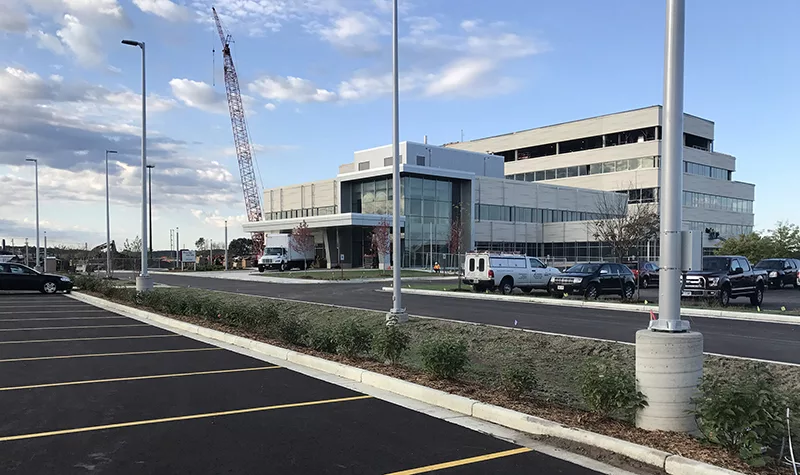Transforming the Healthcare Experience: Aligning People, Place, and Services for a New Era

- Revolutionizing Patient Intake
- The Customer Care Center: A New Paradigm
- Putting Hospitality in Hospitals
- Conclusion
In the intricate ecosystem of healthcare, the traditional facility layout and operational model often led to a fragmented customer service experience. Patients and their families navigated through a maze of departments—reception, registration, scheduling, cashiering, insurance verification, and billing—each a silo that contributed to an overall sense of disorientation and inefficiency. Despite the co-location of many of these services on the facility’s first floor, alongside various amenities, the necessity for face-to-face interactions was limited to a few staff members in each department. This arrangement begs the question: How can healthcare organizations better leverage their staff and spaces to enhance operational efficiency and customer service?
Revolutionizing Patient Intake
Recognizing the pivotal role of the patient intake process in the operational, financial, and clinical success of their institutions, healthcare leaders have embarked on a transformative journey. By consolidating the fragmented functions into a unified patient intake or access department, they aim to streamline the collection of demographics, social, and clinical data, along with consent forms, insurance details, and payments. This consolidation is not merely administrative; it’s a strategic move to enhance the patient’s initial interaction with the healthcare system, setting a positive tone for their entire journey.
An efficient, streamlined intake process translates to faster throughput, reduced wait times, improved data collection, and ultimately, enhanced profitability and quality of care. This approach allows for a consistent, high-quality experience across various touchpoints in a patient’s healthcare journey, making every interaction an opportunity to engage and care for the patient effectively.
The Customer Care Center: A New Paradigm
The embodiment of this new approach is the customer care center, located strategically at the main entrance of the healthcare complex. This center serves as the nexus for patient and visitor intake, processing, and communication, ensuring that the first point of contact is both welcoming and efficient. From the central reception and intake area to patient services and optional amenities like gift shops and coffee shops, the customer service center is designed to be a comprehensive hub that meets all needs in one place.
Putting Hospitality in Hospitals
The healthcare industry is increasingly looking toward the hospitality sector for inspiration to overcome customer service challenges. The hospitality model, with its central reception desk and welcoming lobby, offers a blueprint for healthcare facilities. This model not only simplifies access to various services but also significantly enhances the customer experience by providing a single, accessible point for all interactions. In this new model, healthcare facilities can eliminate the need for patients and their families to navigate through multiple locations and interact with fragmented systems. By adopting a more integrated and customer-centric approach, healthcare organizations can transform the patient experience, aligning people, places, and services in a manner that reflects the best principles of care and hospitality.
Conclusion
As healthcare continues to evolve, the integration of people, place, and services through innovative models like the customer service center represents a significant step forward. This alignment not only improves operational efficiency and customer service but also redefines the healthcare experience for patients and their families. By drawing lessons from the hospitality sector and focusing on seamless, integrated care delivery, healthcare organizations can create environments that are not only more efficient but also more compassionate and responsive to the needs of those they serve.

Post a comment: